I’ve previously shared my homemade chewable vitamins for kids (or adults). While these are a favorite in our household, I also want to introduce my herbal liquid multivitamin tincture.
This concoction is essentially an herbal glycerite made using specific high-nutrient herbs to create a liquid multivitamin. It can be tailored and is suitable for both children and adults.
Creating an herbal multivitamin tincture follows the same method as making any herbal glycerite, but these particular herbs are natural nutrient sources, making them an excellent vitamin option. Even though the nutrient quantities are lower, they boast high bioavailability.
Why Choose a Liquid Vitamin?
While my kids enjoy chewable or gummy vitamins, which are also a great gelatin source, this tincture offers a denser concentration of certain vitamins and minerals from the herbs. It’s also more concentrated, meaning a smaller amount is needed to get a healthy dose of vitamins/minerals. This can be particularly useful during periods of illness or when it is challenging to maintain food intake (for example, during early pregnancy).
Incorporating supplements into your daily routine becomes more manageable when they are easy to take!
Homemade herbal multivitamins offer a cost-effective way to consume necessary vitamins and minerals without the additives and fillers often found in manufactured vitamins. Natural plant sources, such as herbs, provide a mineral balance potentially lacking in synthetic alternatives. Their natural synergy helps enhance absorption.
Properly made herbal multivitamin tinctures have great taste, making it easier to get children to take their vitamins. I utilize tinctures like these during pregnancy and breastfeeding to ensure nutrient intake and maintain immune system balance.
Herbs for Multivitamin Tincture
Before using any herbs, ensure they are safe for long-term use. My recipe is provided below, but you’ll need to determine which herbs are best suited for your family. Previously, this recipe included an option to use alcohol to create a true tincture, but vitamins and minerals do not extract as well in alcohol. Using glycerin avoids synthetic preservatives, ensures shelf stability, and provides a better nutrient source.
Making an Herbal Vitamin Glycerite
Glycerin is favored in some communities due to its sweet flavor. It’s also an alcohol-free way of preserving herbs for those who wish to avoid alcohol. Although sweet, it isn’t a sugar and generally doesn’t increase insulin levels. It’s also preferred by children!
Alcohol tinctures are more potent than glycerites, requiring a higher dose with glycerites. However, glycerin excels at extracting water-soluble vitamins, aromatics, and other constituents. You’re unlikely to get fat-soluble vitamins like vitamins D, E, A, and K.
Here are the herbs used in my recipe:
I have chosen these specific herbs for a reason…
Alfalfa
Alfalfa is often touted as “nature’s multivitamin” due to its rich vitamin and mineral content. It is notably packed with eight essential amino acids, vitamin K, and the highest chlorophyll content among plants. This is why it’s included in my pregnancy tea. An herbal glycerite containing alfalfa has vitamins B and C, calcium, iron, magnesium, phosphorus, and potassium.
Red Raspberry Leaf
Red raspberry leaf is one of my preferred herbs and was used during the later stages of my pregnancies. It contains B-vitamins and vitamin C, along with calcium, magnesium, manganese, potassium, and phosphorus. It’s a go-to for pregnant women as it tones the uterus and eases labor. This could be partly due to its magnesium content, as magnesium proved beneficial for me during pregnancy.
Dandelion Leaf
Dandelion leaf is rich in vitamins and minerals, especially calcium. It’s the same type of dandelion that grows widely in backyards, and its roots, leaves, and flowers are highly useful! Dandelion root is reputedly great for digestive health, liver, pancreas, gall bladder, and circulatory system.
In addition to calcium, dandelion leaves contain vitamin B, potassium, and iron. It’s commonly used as a diuretic to expel excess waste and support the kidneys without depleting potassium.
Stevia
I use stevia mainly for taste, though it offers health benefits. This herb is optional if you don’t have it or prefer to exclude it. Stevia is rich in phenols, flavonoids, vitamins, and minerals and possesses antioxidant, antimicrobial, and anti-inflammatory properties. It also contains folic acid, micronutrients, essential amino acids, calcium, potassium, iron, and vitamin C.
In the past, I’ve added peppermint leaf for children but may omit this during pregnancy or for very young children. Nettle leaf is also commonly used in multivitamin tinctures. Similar to alfalfa, it is high in nutrients.
How to Make a Liquid Multivitamin Tincture
This liquid multivitamin uses vegetable glycerin to extract nutrients, making it technically an herbal glycerite. You can find step-by-step directions for creating glycerites in this post. This method uses a sealed simmer extract. Heat helps extract plant constituents, and sealing the jar prevents the evaporation of volatile plant oils.
For our herbal multivitamin, I use:
The mixture can be adjusted according to need, typically 1 part equals 1/4 cup, or by weight 1 part equals 1 ounce.
Scale the recipe depending on the amount you want to make. The recipe below yields enough for a one-pint jar. Double it if using a quart jar. Note you’ll obtain around 1.5 cups of liquid from a pint jar. The exact quantity depends on how much liquid the herbs absorb and how thoroughly they are squeezed after.
I typically fill the jar 1/3 to half full with dried herbs without packing them down.
Herbal Multivitamin Tincture
This herbal glycerite is a flavorful way to boost your nutrition.
Prep Time: 10 mins
Steeping Time: 1 day
Total Time: 1 day 3 mins
Author: Katie Wells
- Add the dried herbs to your jar. Pour in the glycerin and water, stirring to combine.
- Wipe the jar rim and secure the lid.
- To prevent the jar from breaking, place a washcloth or silicone baking mat on the bottom of a crockpot with a “keep warm” or very low setting. Fill the crockpot with enough water to cover 3/4 of the jar, avoiding the lid, and adjust it to the lowest setting.
- Allow to remain in the slow-cooker for at least one day on this setting, adding water as needed. This can be extended up to three days.
- For stovetop use, place a washcloth at the bottom of a pot, positioning the jar on top. Fill the pot so the water covers about 3/4 of the jar, using a pot deep enough to allow the lid. Gently simmer for 2-3 hours.
- Once cooled, strain the mixture using cheesecloth to remove herbs, squeezing out as much liquid as possible.
- Store the glycerite in a clean dropper bottle or jar.
Notes: When prepared and stored properly, glycerites can last 2-3 years.
How Much to Take?
I consume 1 teaspoon up to three times daily as needed (or 1 tablespoon in the morning). Kids generally receive 1/2 to 1 teaspoon daily.
Other Options
Without the time or resources to make a tincture, I’ve also utilized the same herbal blend to craft a basic infusion or by adding dried herbs to smoothies.
To make an infusion, pour 1/2 gallon of boiling water over 1 cup of the herb mixture, cover, and steep overnight. For smoothies, add 1 tablespoon of dried herb powder. Herbal infusions extract vitamins more effectively than a glycerite, though they lack shelf stability or concentration.
Pregnancy
If pregnant or potentially becoming pregnant, this multivitamin tincture alone is insufficient as additional nutrients and trace minerals are necessary. Here are the prenatal supplements I relied on during pregnancy. A nurturing pregnancy tea is also an option.
Ever made herbal vitamins? Share your experiences below!


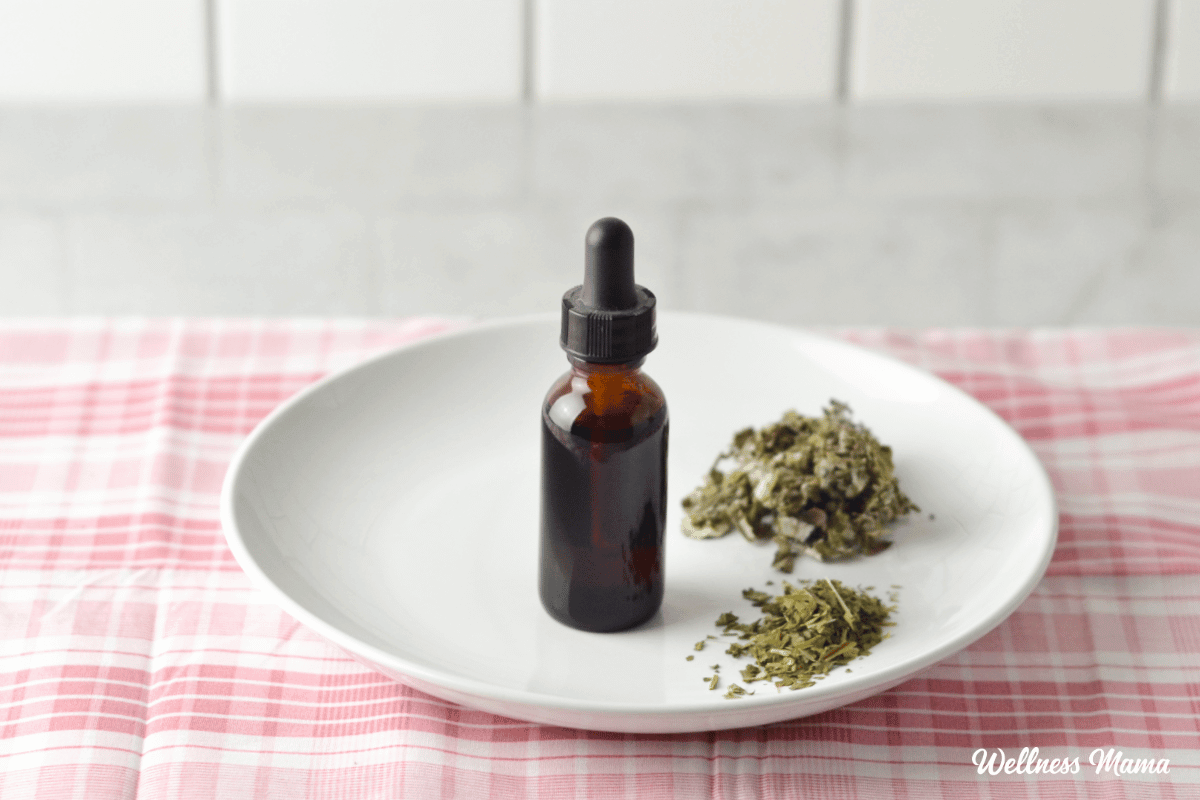
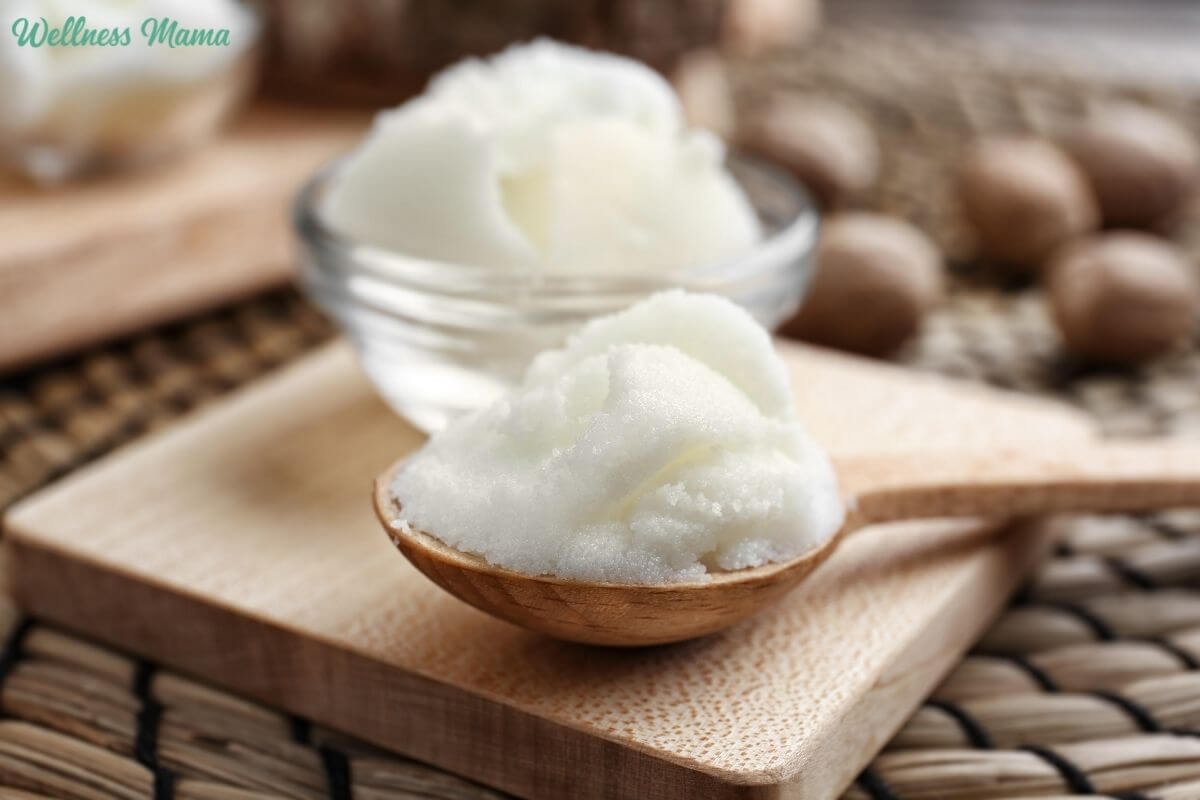

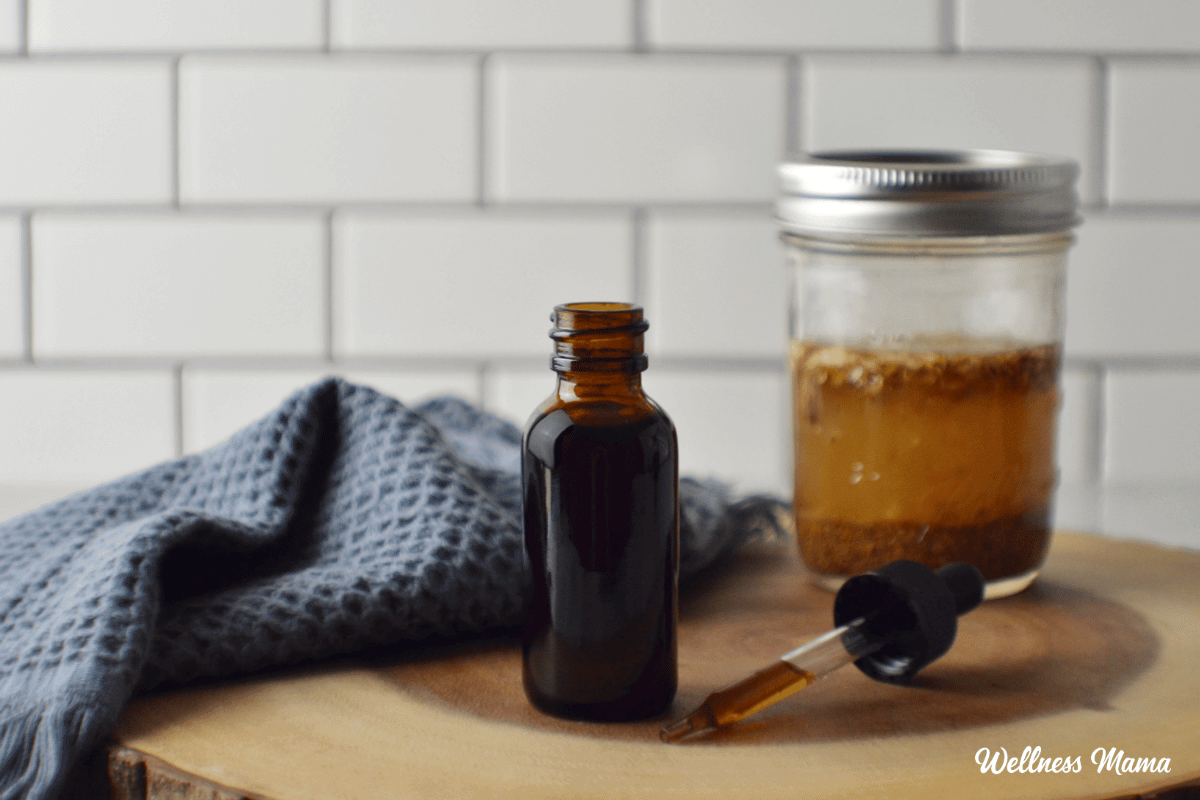


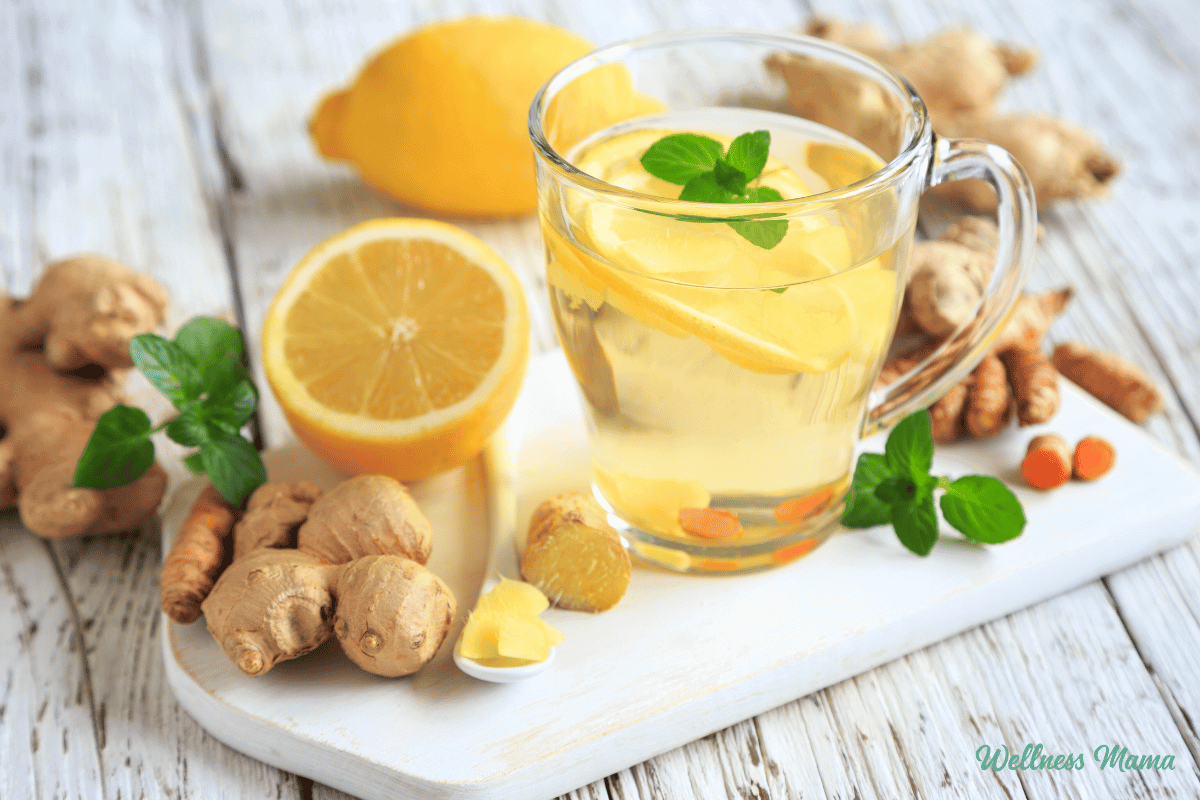
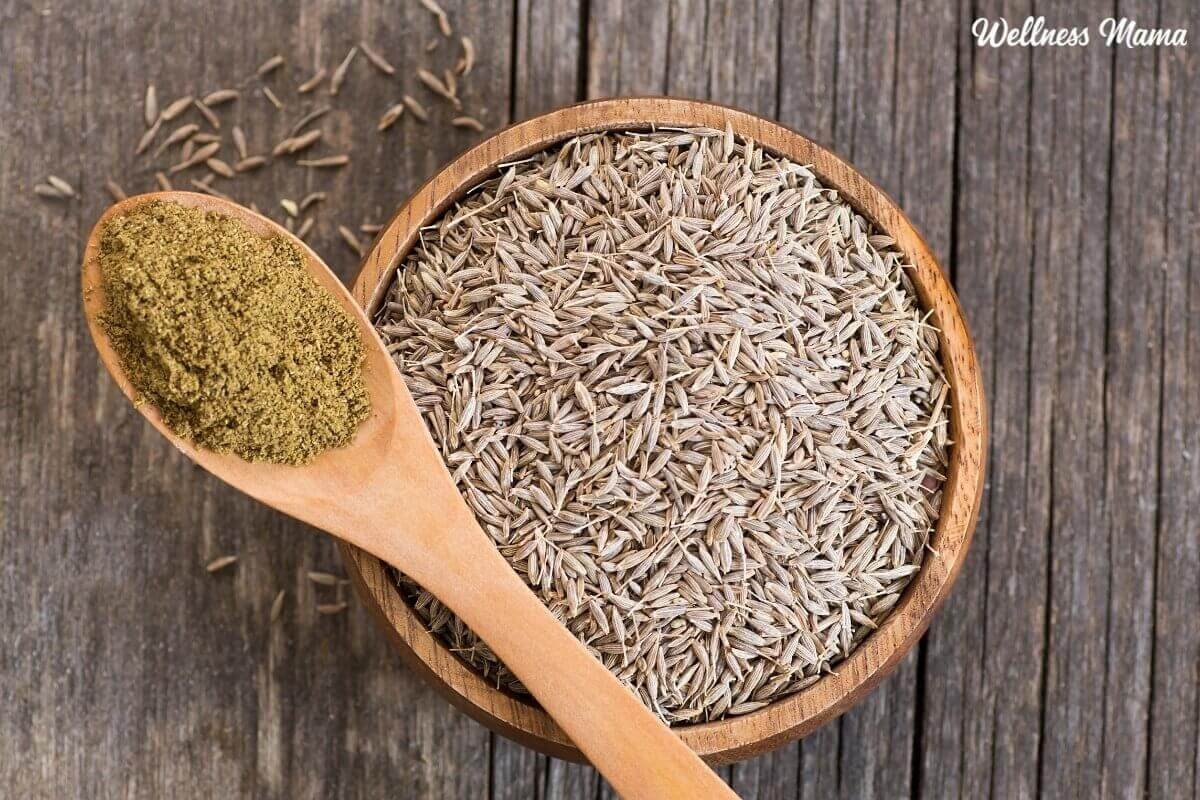
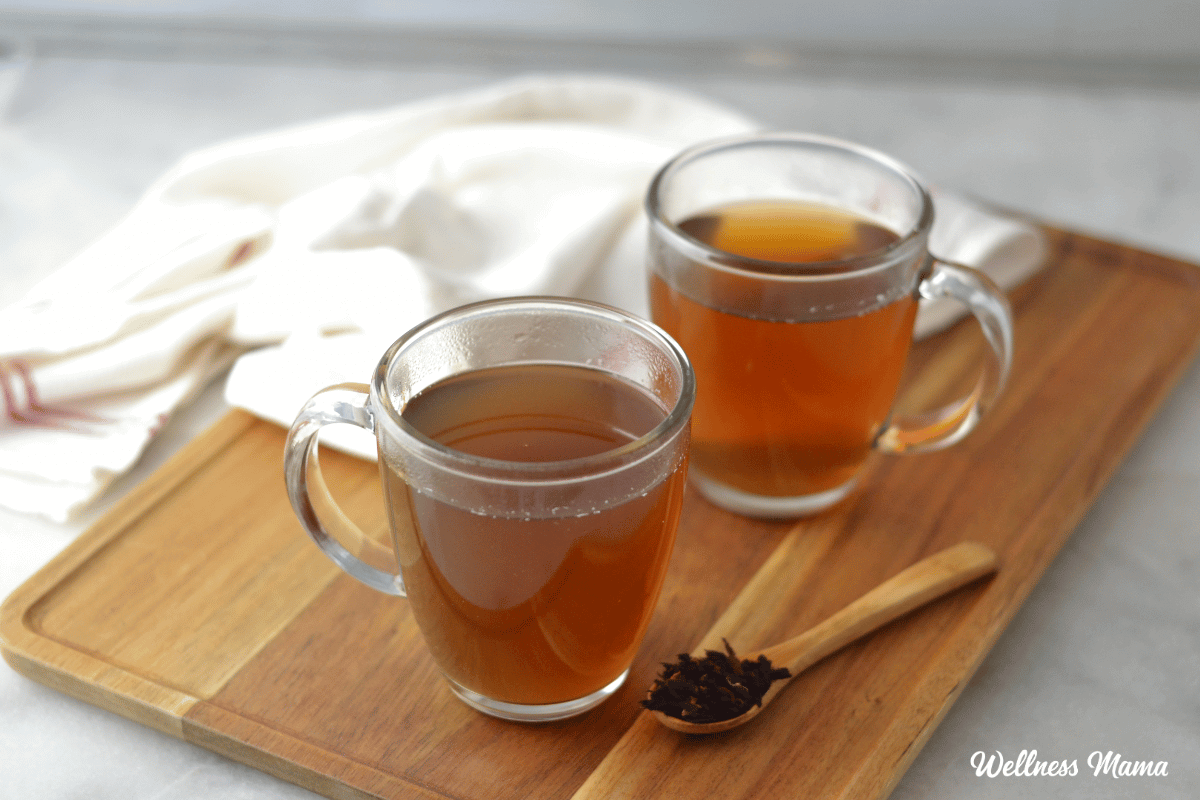



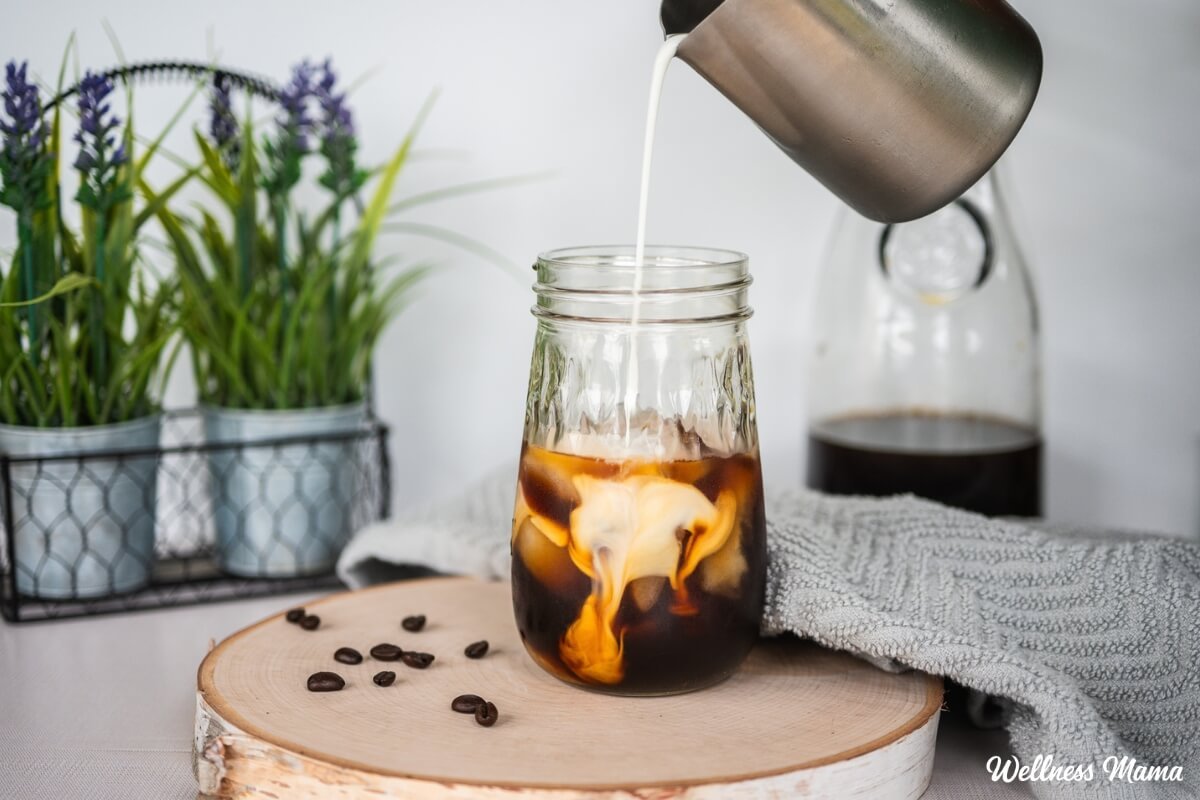
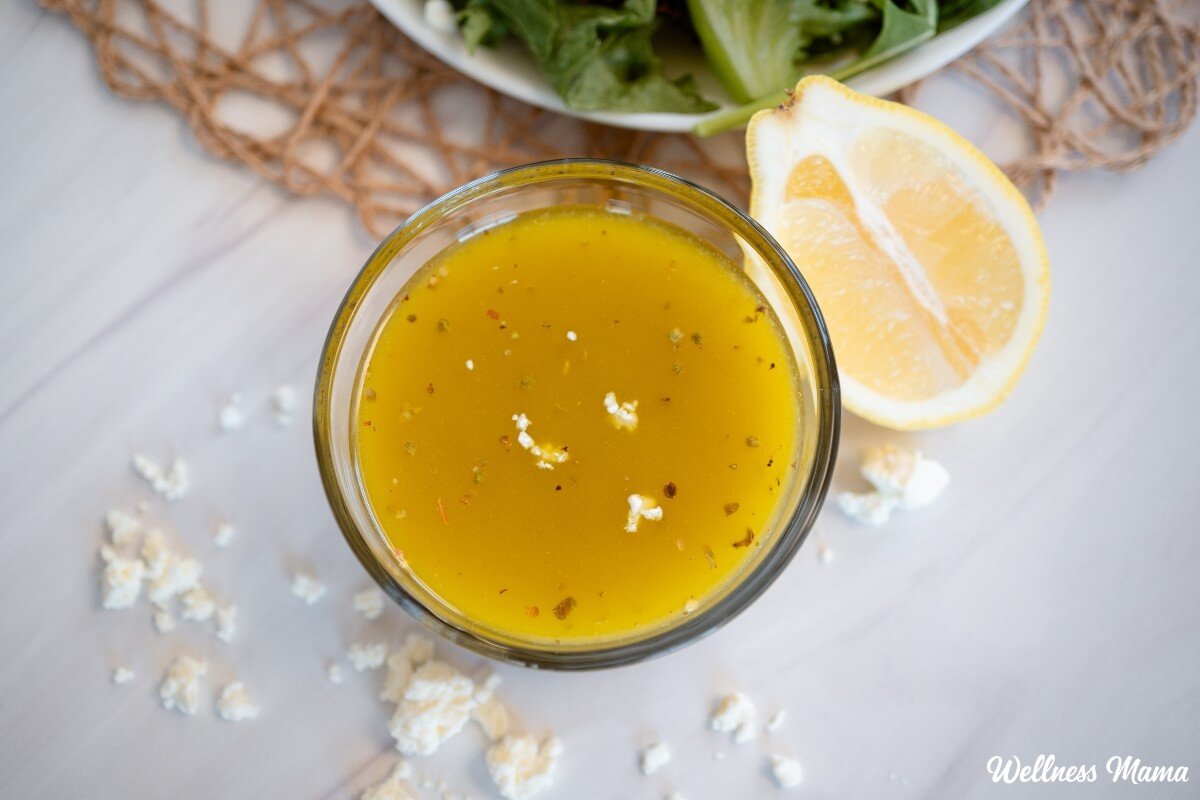
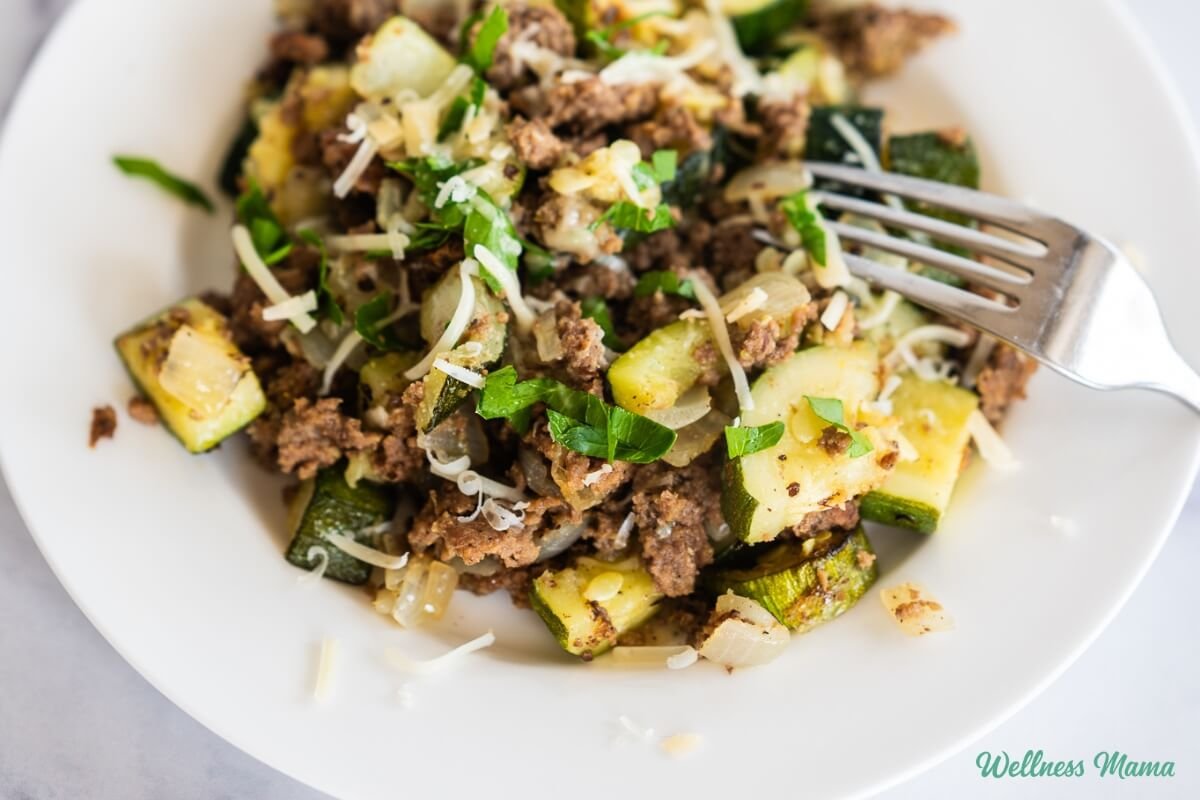
Leave a Reply